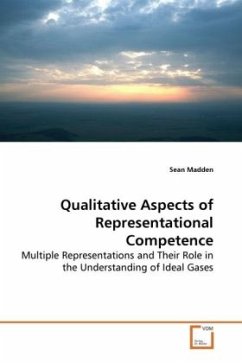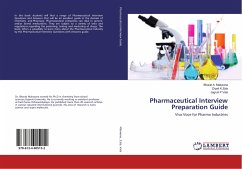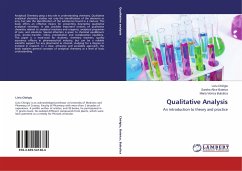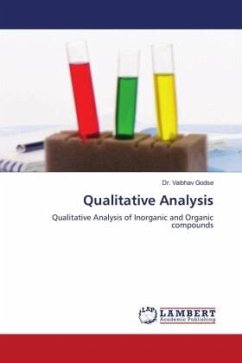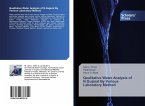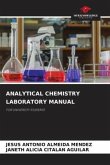This study examined the role of multiple
representations of chemical
phenomena, specifically, the temperature pressure
relationship of
ideal
gases, in the problem solving strategies of college
chemistry
students.
Volunteers included students enrolled in a first
semester general
chemistry course at a western university. Two
additional volunteers
from the same university were asked to participate
and serve as
models
of greater sophistication. One was a senior
chemistry major;
another
was a junior science writing major. Volunteers
completed an initial
screening task involving multiple representations of
concentration
and
dilution concepts. Based on the results of this
screening instrument
a
smaller set of subjects were asked to complete a
think aloud session
involving multiple representations of the temperature
pressure
relationship. Data consisted of the written work of
the volunteers
and
transcripts from videotaped think aloud sessions.
representations of chemical
phenomena, specifically, the temperature pressure
relationship of
ideal
gases, in the problem solving strategies of college
chemistry
students.
Volunteers included students enrolled in a first
semester general
chemistry course at a western university. Two
additional volunteers
from the same university were asked to participate
and serve as
models
of greater sophistication. One was a senior
chemistry major;
another
was a junior science writing major. Volunteers
completed an initial
screening task involving multiple representations of
concentration
and
dilution concepts. Based on the results of this
screening instrument
a
smaller set of subjects were asked to complete a
think aloud session
involving multiple representations of the temperature
pressure
relationship. Data consisted of the written work of
the volunteers
and
transcripts from videotaped think aloud sessions.

